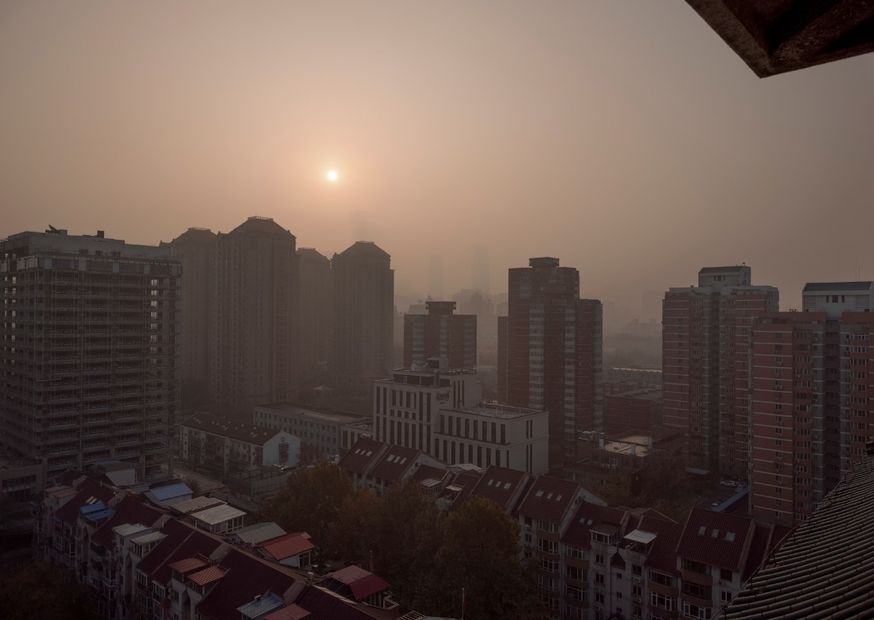BEIJING, CHINA: In a landmark environmental turnaround, China’s “One City, One Policy” initiative has begun delivering remarkable results in curbing air pollution nationwide. The strategy empowers each city to design its own action plan tailored to local conditions — from phasing out coal boilers to enforcing stricter emission standards and transitioning to cleaner fuels.
Experts credit this decentralized approach for one of the fastest recorded declines in air pollution globally. Over the past decade, China’s national average PM2.5 levels have reportedly dropped from around 72 µg/m³ to below 30 µg/m³ — a feat many industrialized nations achieved only after decades of policy enforcement.
Under this initiative, cities have introduced clean-energy transitions, upgraded industrial systems, and adopted real-time transparency programs to monitor progress. Beijing, Shanghai, and several provincial capitals have already shown significant improvement in air quality, reflecting the government’s growing commitment to sustainability without sacrificing industrial growth.
However, challenges persist. Economic priorities, uneven regional enforcement, and seasonal weather patterns continue to test long-term consistency. Experts say balancing industrial productivity with environmental protection remains a delicate act for many Chinese provinces.
China’s success is now being closely observed by developing nations, including Pakistan, where environmental specialists suggest adopting a similar city-level policy model to combat persistent smog and pollution in Punjab and Sindh.
This story has been reported by PakTribune. All rights reserved.



